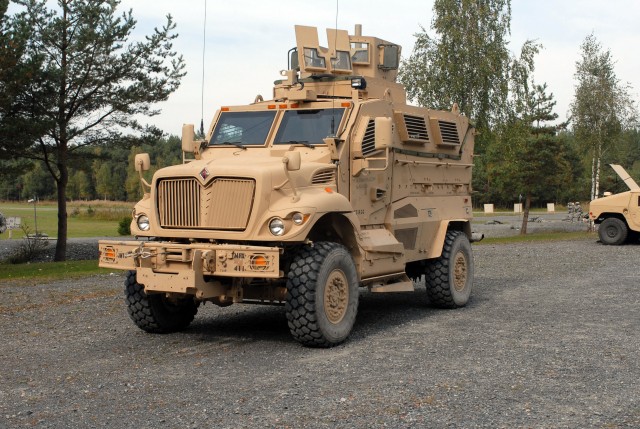
US Army should use digital war-gaming to devise ways to reduce diesel usage on the battlefield, study finds
A report examining the US Army’s use of diesel fuel and new alternatives concluded that future studies of the Army’s energy options would benefit from tabletop and digital war-gaming exercises using a series of detailed battlefield scenarios against which the various alternatives could be evaluated.
For now, the Army should incorporate the use of diesel and renewable biodiesel as the primary sources of energy brought to the battlefield through 2035 to maximize warfighting capabilities, the report from the National Academies of Sciences, Engineering, and Medicine, concluded.
While all electric vehicles are currently impractical for the battlefield, the study said new technologies are promising and should be further examined.
Additionally, all-electric ground combat vehicles and tactical supply vehicles are not practical in the foreseeable future, according to the study titled Powering the U.S. Army of the Future.
In making its recommendations, the committee that wrote the report analyzed the power needs of dismounted soldiers, existing vehicles (manned and unmanned), and forward operating bases. It also accounted for technological innovations regarding energy storage, power conversion, and fuel efficiency currently under development that are expected to be in service in 2035. The committee placed a focus on the needs of an armored brigade combat team, a critical element for high-intensity combat in future multi-domain operations.
“Since World War II, the Army is using approximately 20 times more energy per soldier, while reducing the number of soldiers deployed,” said committee co-chair John Koszewnik, retired chief technical officer for Achates Power. “This general direction will likely continue in the future and highlights the importance of energy supply and management.”
Despite the Army’s preference to rely on a single fuel to be used across all ground vehicles, generators, and turbine-powered aircraft, the report notes that using diesel, biodiesel, and JP8 would provide multiple benefits.
While all-electric vehicles have a promising future in the consumer and commercial industries, the committee deemed ground combat and tactical supply vehicles that rely solely on battery power as impractical for battlefield use now and in the foreseeable future. Even accounting for reasonable advances in battery energy density by 2035, it would not be able to offset their weight and size disadvantages compared with internal combustion engines.. Even more challenging, recharging such vehicles in a short amount of time would require extremely large quantities of electric power that will not be available on the battlefield, even with the mobile nuclear power plants now under development.
However, the report notes, hybrid technologies using ICEs, generators, power electronics, and battery storage are an encouraging option, on which the Army has already initiated work.
View the full report HERE.